


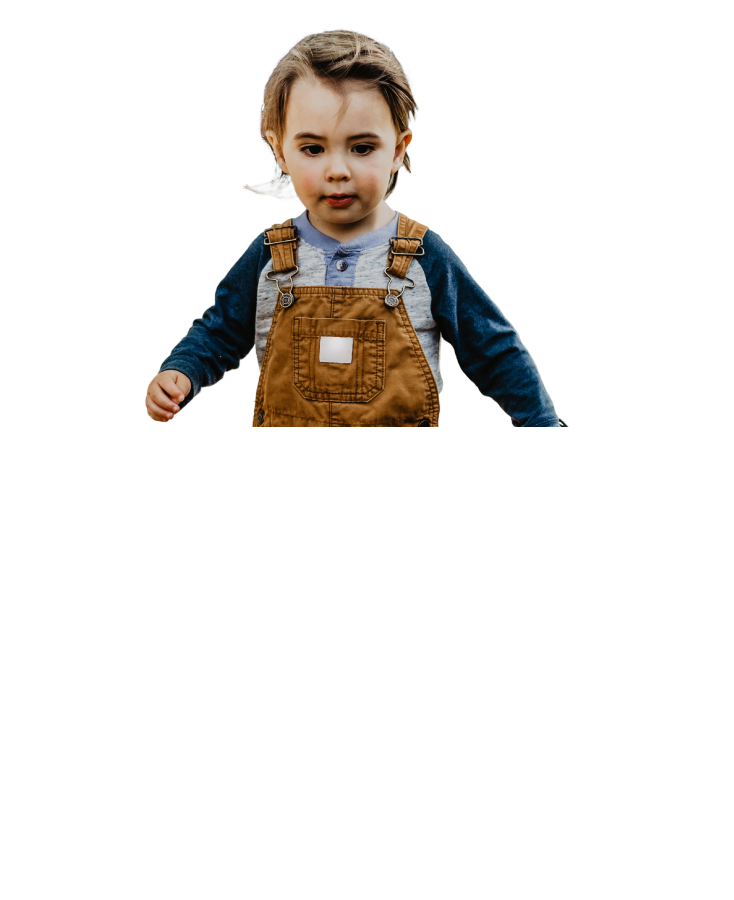

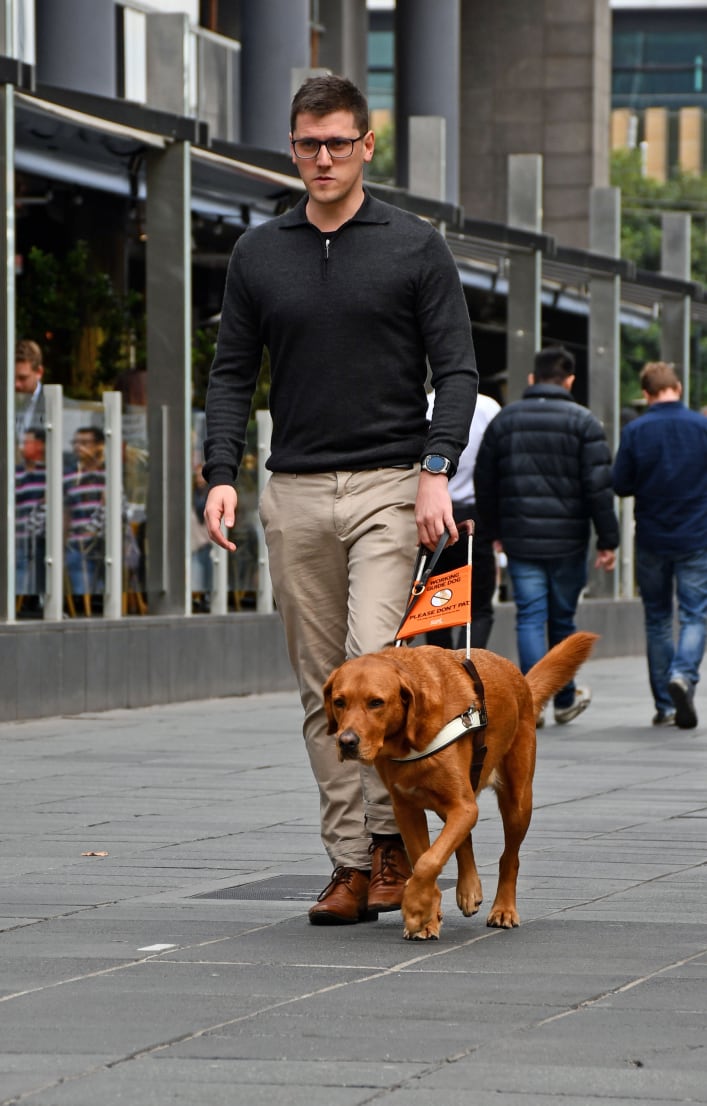
From commencing work on our world-class campus redevelopment to finding new ways to provide vital services and keep people connected throughout the COVID-19 crisis – the team at Guide Dogs Victoria has been working around the clock. It has been a year of adaptation, innovation, and discovery for the whole Guide Dogs Victoria community.
Without the passion and ingenuity of our community, we would not be able to continue the crucial work we do every day. So, now it’s time to ‘paws’ and reflect on the agility and dedication shown by our Clients, our employees and volunteers, and our donors during what has been an unforgettable year for all of us.
To be the first choice provider of services for people with blindness or low vision that enables a lifetime of independence.
We see beyond sight loss.
We find ways to support independence.
We look for solutions to make big differences.
We create connected communities.
Community growth for Guide Dogs Australia social media channels:
Find out how we've put our values into action this year.

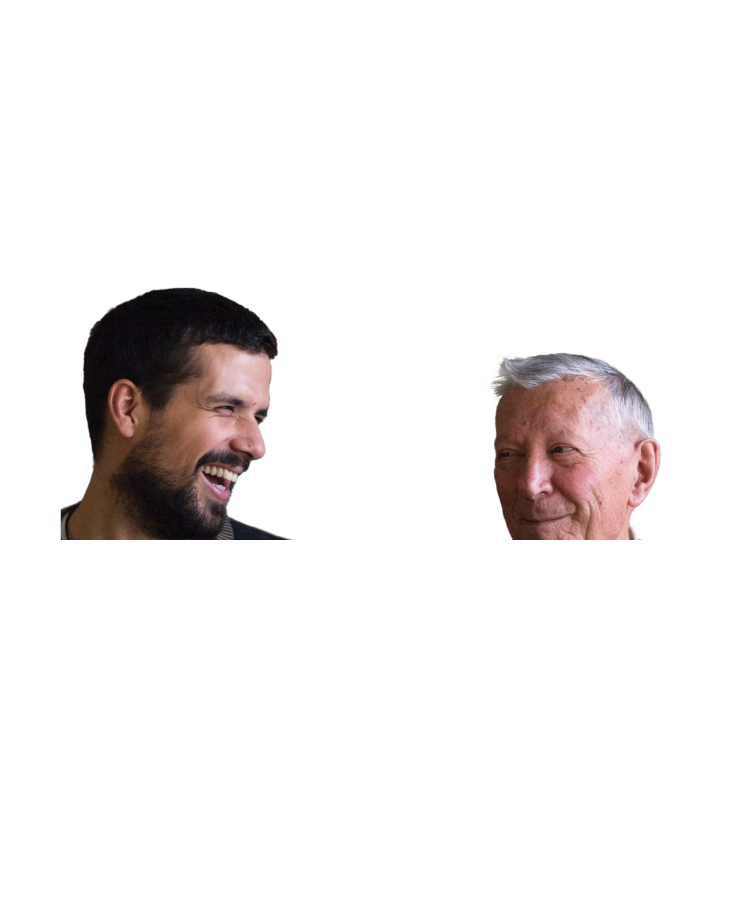
We believe everyone should have the same access to the support and tools required to live a free and independent life. At Guide Dogs Victoria (GDV), we help Clients live their lives, their way. We understand that no two Clients are the same, so the journey and level of support for each Client and family is different – and that’s something we can be proud of.
As we take a look back at the year that was, this commitment is evident. During this tumultuous time when our Clients needed us more than ever, we saw GDV teams working tirelessly every day to find innovative ways to support Clients’ needs, to build and nurture positive relationships, and to demonstrate our ongoing commitment to improving outcomes for Victorians with low vision or blindness.
While our people may consider themselves ordinary Australians, every day it is thanks to their ingenuity and courage that our people – our employees, volunteers and donors – achieve extraordinary outcomes for Victorians living with low vision or blindness.
We are fortunate to have the support of over 600 dedicated volunteers who donate their time and their passion to make a difference to GDV. Despite our onsite volunteer programs being suspended during the COVID-19 crisis, our volunteers remained connected with us, participating in weekly Zoom catch-ups and offering assistance wherever they could.
Our volunteer Puppy Raisers continued to open their hearts and homes to the next generation of future Guide Dogs, working with our Puppy Development Team to find new ways to continue training our pups while we can’t be together in person.
Throughout 2020 we have had to adapt to new ways of reaching our donors. This presented a unique opportunity for our dedicated Fundraising Team who found innovative and exciting ways to engage our current donors and to expand into new donor demographics through online events and social media.
Our fundraising figures over the last 12 months are truly a testament to the immense trust we have built over the last 60+ years, and we are honoured to have the vital support of so many Australians, no matter the challenges we may all be facing. Whether you are a donor, Puppy Sponsor, one of our 1,248 Otus Fellowship members, host a Collection Dog or you have taken part in our Corporate Challenge – we thank you.

In April 2020, the Federal Government announced a $2.5m contribution towards our $27 million capital campaign, “The Future is in Sight”. Funded largely through philanthropy, this project will see our Kew Campus transformed into a world-first sensory campus that will not only improve outcomes for our Clients but will allow GDV to produce steady, predictable, sustainable revenue and reduce dependency on philanthropic funding.
Construction commenced for Stage One of the build – the carpark and workshop – on 20 January 2020. With the onset of the COVID-19 pandemic, we have been able to accelerate progress given most employees are working remotely. Stage Two will commence in October 2020, whereby the construction of the onsite Veterinary Clinic will begin. The concept design and plans for the Veterinary Clinic are currently being developed with our confirmed partner, Advanced Vet Care.

To maximise our impact and get the most out of every donated dollar, Guide Dogs needs to think commercially and sustainably. That’s why, over the last 12 months, we have established three Centres of Excellence across GDV and Guide Dogs NSW/ACT (GDN) including the:
The Centres of Excellence will allow us to create more efficiencies, lift performance and innovation levels and develop emerging leaders across both organisations to deliver the highest impact for the people we support.

A key part of our role at GDV is to respond to the emerging needs of those with low vision or blindness. This not only takes ingenuity and creativity from our employees, but also requires financial support to ensure we can deliver on innovative ideas that make a difference to our organisation and the communities we support.
GDV is extremely grateful to the philanthropic community for their support. In the last financial year, philanthropic grants made up 5% of GDV’s total income. These funds enabled us to launch a range of projects and innovations that support our mission to enable independence for people living with low vision or blindness.
Some of the projects made possible through the generosity of philanthropy include:
It is through the support of our philanthropic community that we are able to think big, aim high, and plan for a better future for those who need us the most.
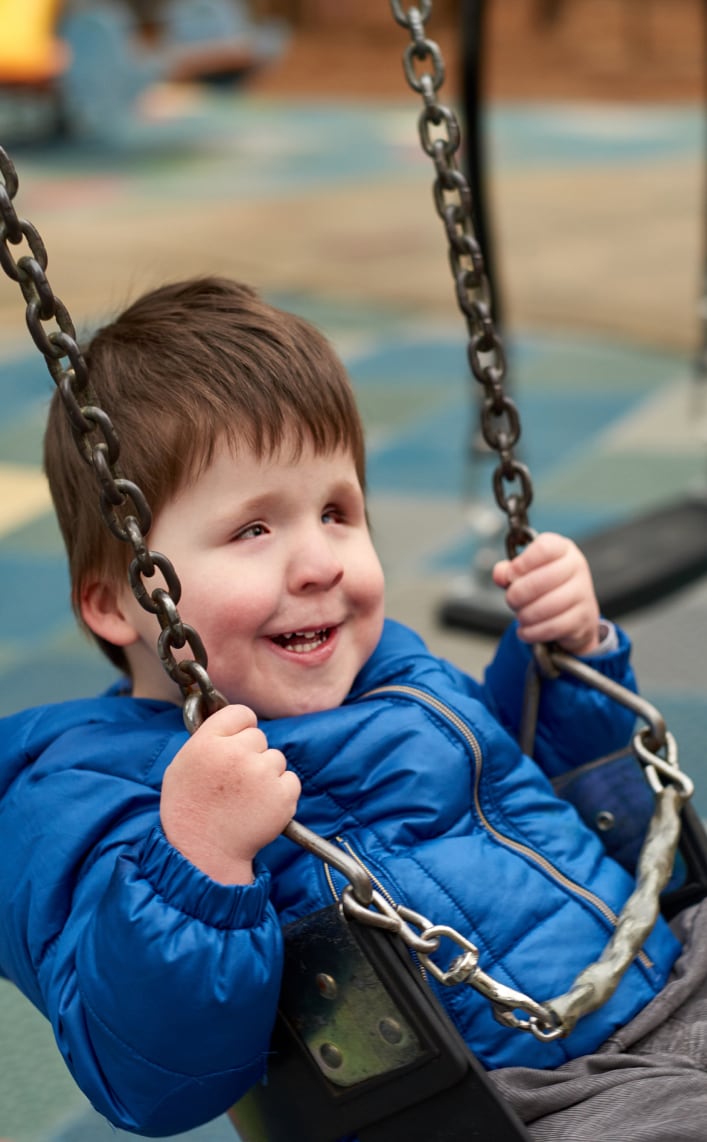
Thanks to philanthropic funding, GDV is proud to pilot our new Early Childhood Service.
At GDV, we believe that every child living with blindness or low vision should be able to access the same advantages of early childhood education as their peers. That’s why we have developed the GDV Early Childhood Service (ECS) which involves working together with the child and their family to offer emotional and practical support from birth to six years of age (inclusive) – a key developmental period in a child’s life.
The pilot of GDV’s Early Childhood Service is being supported by a range of philanthropic foundations and private donors. We are so grateful for their investment in this service and in the futures of young babies and children living with low vision or blindness. In the past financial year alone, we have provided services to 15 children aged up to six years, and aim to support 50 children and their families in the year to come.
The stories of our Clients, employees and volunteers, and the passion they have for our organisation, are one of our greatest assets. By telling their stories we have the power to generate change and increase awareness of both our brand and the needs of those we support. When people see us in the news, we want to authentically represent Client voices, shift attitudes through advocacy, and inspire people to help us continue the work we do.
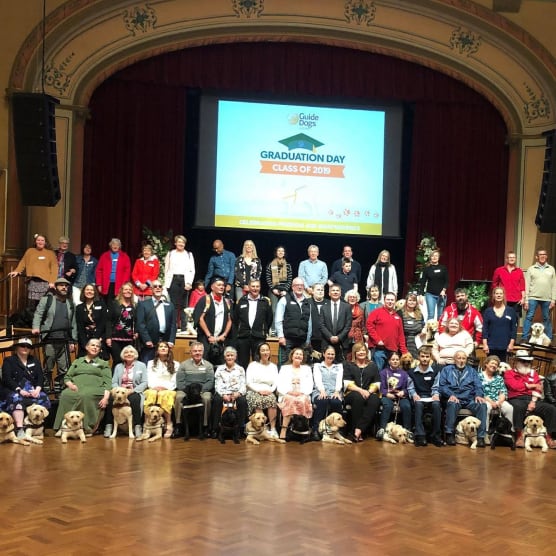
Our Guide Dog Graduation Day is a highlight of the Melbourne media calendar, not only attracting media coverage, but more importantly, providing GDV with the chance to showcase the difference a Guide Dog or Therapy Dog can make to someone’s life. In 2019 we were able to share moving stories of Client Hamish and his Therapy Dog, and couple Peter and Pearl with their Guide Dogs across major media outlets.
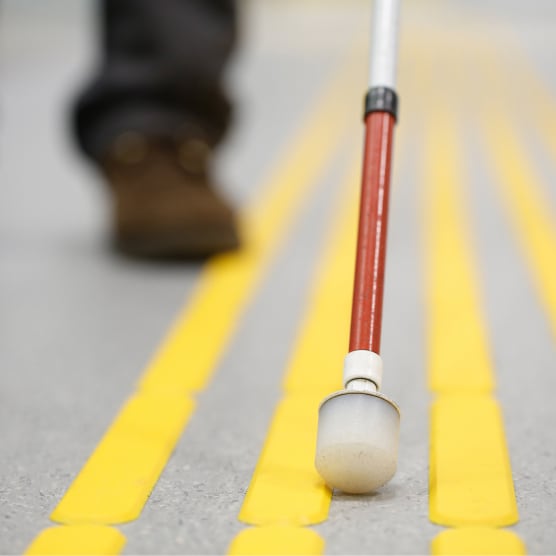
Our 2019 International White Cane Day campaign featured some of Victoria’s top CEOs walking around the Melbourne CBD blindfolded with Clients – followed by TV crew from Channel 7 – to highlight the access challenges Clients face every day. Footage of our first litter born in 2020 resulted in over 50 new Puppy Raising enquiries across NSW and VIC. Since the advent of the COVID-19 pandemic, we have worked with the media to share stories of new challenges facing Clients and how the community can help.

The emergence of COVID-19 and subsequent lockdown restrictions limited our access to our communities and therefore our ability to create ‘in person’ content. This also presented us with a new opportunity to generate our own content and find new ways of reaching our audience. Our International Guide Dog Day 2020 Zoom event was just one example; allowing us to share this iconic day on the GDV calendar by beaming directly into people’s lounge rooms through their computer screens. The day generated a huge amount of media interest, and created increased engagement through our social media channels.
Since January 2020, these stories of real people facing and overcoming real challenges have reached a huge 350 million people across the country. We are confident that by continuing our successful collaboration with Guide Dog organisations around Australia, we will only see this increase, for the benefit of those whose stories are being heard, and the longevity of the GDV brand.
Community growth for Guide Dogs Australia social media channels:
We all know how powerful social media can be in keeping people connected, especially those members of our community who are most vulnerable or isolated. We also know how vital this connection is during COVID-19 and we wanted to make it easier for our social media followers to get the most timely and critical content all in the one place.
In April 2020, we embarked on a mission to streamline state-based Guide Dogs social media pages into one united channel, starting by bringing together GDV and Guide Dogs NSW/ACT under the Guide Dogs Australia national brand.
By the end of June, the Guide Dogs Australia Facebook had grown by over 7,000 new followers which was seven times higher than the growth achieved by the Guide Dogs Australia pages in the previous period! As a result of the success of the trial, Guide Dogs SA/NT and Guide Dogs Queensland joined the social media consolidation trial in August 2020.

Disability in Aboriginal and Torres Strait Islander communities is twice as prevalent, more complex in terms of co-occurring disabilities, and compressed within a shorter life expectancy compared to other Australians. Aboriginal and Torres Strait Islander Peoples are also three times more likely to go blind than other Australians. The eye health gap is improving, but more can be done – and this is where we come in.
In 2020, GDV began work on our first Reconciliation Action Plan (RAP). Our “Reflect” RAP will allow us to scope and develop relationships with Aboriginal and Torres Strait Islander stakeholders, decide on our vision for reconciliation, and explore our sphere of influence, before committing to specific actions or initiatives. This process will help us produce future RAPs that are meaningful, mutually beneficial and sustainable.
At Guide Dogs, we know reconciliation is not one single act, but a journey that requires a commitment from non-Indigenous Australians to take ownership and responsibility for their own learning and role in the process of reconciliation. Our first RAP is just one step in this journey towards talking, walking, and working together to overcome the division and inequality between Aboriginal and non-Aboriginal Australians.


| Income | $ |
|---|---|
| Fundraising and Gifts in Wills | 12,004,666 |
| National Disability Insurance Scheme (NDIS) | 3,088,136 |
| Other income | 1,491,395 |
| Funding for capital purposes* | 1,225,089 |
| Government grants for services | 1,052,231 |
| Revenue from merchandise sales | 1,008,125 |
| Revenue from the provision of dogs and Orientation and Mobility Services | 383,146 |
| Finance and investment revenue | 141,015 |
| Total Revenue | 20,393,803 |


Gifts in Wills and Major Supporters.










